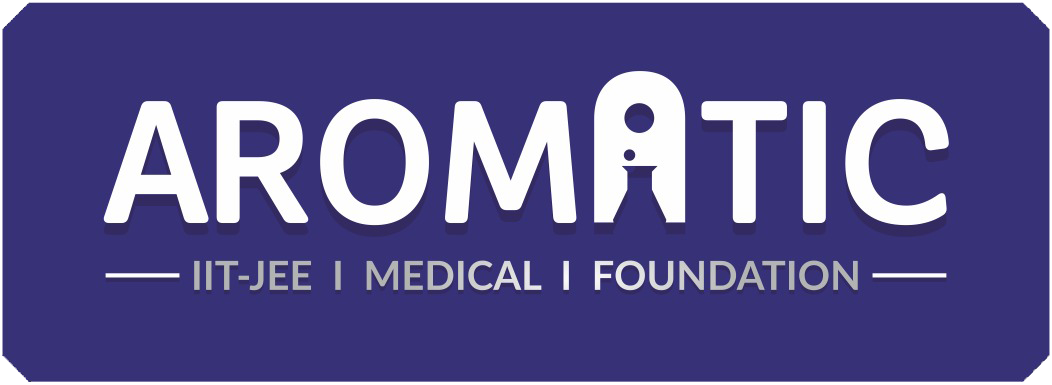The National Aptitude Test in Architecture (NATA) is a national-level undergraduate exam administered by the Council of Architecture (CoA) to gain admission to 5-year BArch programmes. The test assesses drawing and observation abilities, sense of proportion, aesthetic sensitivity, and critical thinking ability within the context of architectural constraints.
NATA is usually held in two phases: the first phase is usually held in April, and the second phase is usually held in July. Furthermore, the test is administered in all major cities using both computers and pen-and-paper, making it both a CBT and a PBT. The current year's NATA was held in April.
Eligibility for NATA:
- Complete your SSLC & 12th securing an aggregate of 50% marks.
- Complete a Diploma securing a minimum of 50% marks.
- Ensure you have Mathematics as your core subject in Class 12.
The Joint Entrance Examination Main (JEE Main) is a national-level entrance examination administered by the National Testing Agency (NTA) for admission to engineering or architecture programmes such as BE/BTech or BArc/BPlanning. Paper 2 of the JEE Main is what you'll need to write if you want to get into the best architecture schools.
If you perform well enough on the exam, you will be admitted to the best NITs, IIITs & CFTIs, SFIs, and other state- or national-level architecture colleges. The JEE Main exam is administered twice a year, in January and April. Paper I focuses on technical subjects like physics, chemistry, and mathematics.
The AAT is an architecture entrance exam used to gain admission to IITs. Their BArch courses are five-year undergraduate programmes. Only candidates who have passed the JEE Advanced exam are eligible to take the AAT exam (which is another national-level entrance exam, and an advanced version of JEE Main). The AAT exam is typically 3 hours long and consists of only one paper. You'll need to cover topics like:
- Freehand Drawing
- Geometrical Drawing
- 3D Perception
- Imagination & Aesthetic Sensitivity
- Architectural Awareness
The Kalinga Institute of Industrial Technology Entrance Examinatio (KIITEE) is a national-level entrance examination administered by the Kalinga Institute of Industrial Technology. The purpose of the exam is to provide students with admission to various undergraduate and postgraduate engineering and law programmes. KIITEE is a Computer-Based Test because it is only available online. It is especially recommended that you write the exam if you are a BArch candidate with proof of passing NATA, as the exam was designed specifically for them.
Students who achieve the cutoff score/rank will be eligible for counselling. The KIIT publishes the cutoff for various courses each academic year. Keep in mind that they vary depending on the number of seats available for the following academic year.
Aligarh Muslim University Engineering Entrance Exam (AMUEEE) is another exam offered by a university as a means of applying to BArch programs at other universities. You must pass one of the following tests:
Your Class 10+2 grades must be at least 50% from this University or its equivalent from either the Central or State Board of Examinations, with English, Physics, Chemistry, and Mathematics as core subjects.
This University's Diploma in Engineering with a minimum of 50% marks.
This three-hour exam consists of 150 objective-type questions, each worth one point. Students who wish to pursue a BArch degree must take both papers. Although Paper 1 is the same for both BTech and BArch candidates, Paper 2 is more architecture-focused due to the aptitude test.
The Hindustan Institute of Technology and Science Engineering Entrance Exam (HITSEE) is a college entrance exam administered by the Hindustan College of Engineering, which was founded in 1985 by KCG Verghese and is overseen by Anna University.
The college was able to build courses and design their own exams after receiving Deemed status from the University Grants Commission in 2008. The University's B.Tech programme consists of 4- to 5-year BE and BArch courses. HITSEEE is made up of 120 PCM-based questions that can be completed in 2 hours.
Only Indian citizens with a permanent residence in the country are eligible to take the exam, according to a single criterion. The eligibility criteria for each course may differ, which is why it is best to consult with faculty members about it. The general educational criteria, on the other hand, are rather simple: You must have completed Class 12 with at least 50% marks in Physics, Chemistry, and Mathematics.
